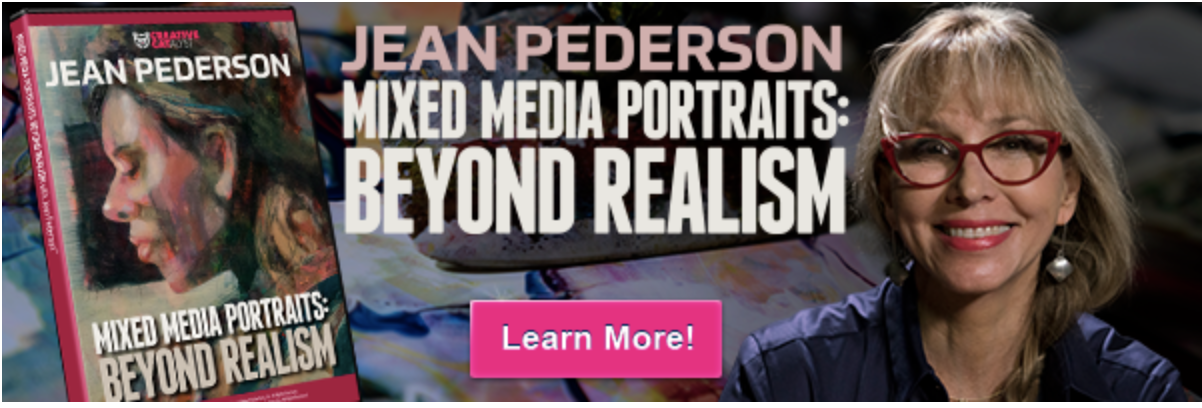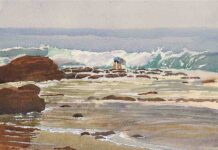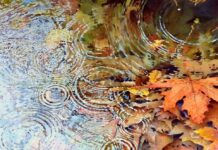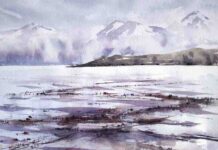Using mixed media is very much like weaving. By layering transparent and opaque paints, as well as collage, you have endless flexibility to cover up, emphasize, or obscure.
Painting with mixed media allows you to evaluate where you’re at in each layer of your process. It is very difficult to say that every painting will have the same stages of development because each painting will have its own voice and its own problems to solve, but the ability to make changes reduces the fear of making mistakes.
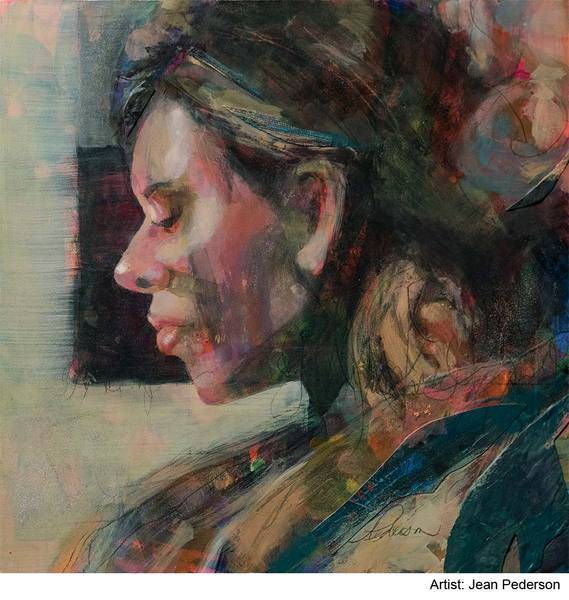
Mixed Media Painting Tips
Understand viscosity — thick, thin, and opaque — the ability to see through layers or obscure layers.
Consider how new mediums will integrate with subsequent layers. Think about using similar values and colors when you add a new medium.
Do your prep work. Consider your composition prior to starting application of paint. Establishing a value pattern is very helpful in a thumbnail sketch. Any preparatory planning is a catalyst for moving forward and certainly is not written in stone. I let the painting have its own voice and I try to evaluate what’s best to communicate my ideas to the viewer.

Using Color in Mixed Media
Color is very important in helping to communicate my intentions. For example, if I choose to use reds, oranges, and yellows within the painting, it might communicate great emotion, anger, or passion. If I choose grays, blues, Celedón greens, I will communicate a calm meditative image to the viewer.
When I teach, it’s very very helpful to encourage students to make a couple of thumbnail sketches of their composition that provide different color choices. Once you see the thumbnails, you will like one of the color combinations better than the other and that will help you to get started with painting your full-scale image.

Using Design to Tell a Story
Design is one of the basics that we are taught early on in our career. Instructors teach us about value, color, size, shape, texture, line, and edge, for example. Often what is missed is how to communicate our ideas clearly by using these elements and principles of design in a manner that encourages the viewer to experience a visual dialogue with the image. The elements of design can compete with each other and result in our ideas becoming confusing.
I often tell my students to consider who they are and what they want to say. Today your story is… And you want to communicate these ideas through the elements of design of…
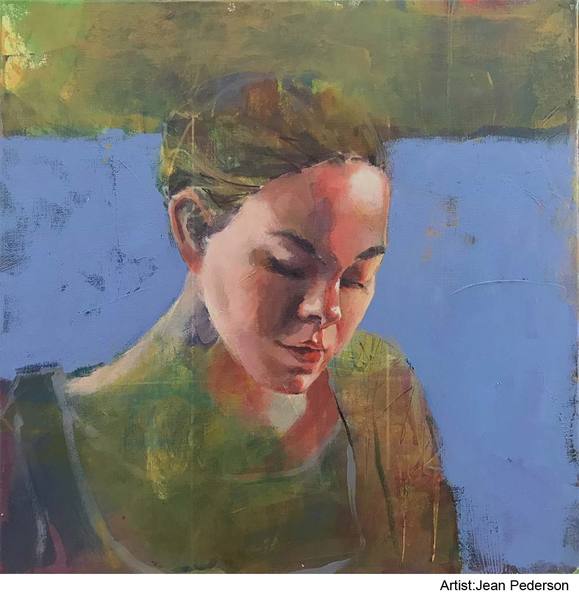
Understanding Gels and Mediums
1. Gels are usually transparent, clear. They are available in many viscosities.
2. Pastes are generally opaque. They are available in many viscosities.
3. Thick viscosity does not mean the product is opaque, these qualities are separate.
4. Mediums are runny.
5. All of the above are available in either matte, satin, or gloss finish.
How to Know When You’re Finished
Observing and evaluating is as important as the physical act of painting. Observe and reflect on how well the image conveys your intentions. Does any element feel out of place? Are any elements fighting with each other?
Ask yourself:
1. Does it communicate my intentions?
2. Does it feel balanced?
3. Is there an interesting rhythm or movement within the image?
4. Does my paint elicit an emotional response; does it have a soul?
I have a new video, “Mixed Media Portraits: Beyond Realism” coming out soon.

